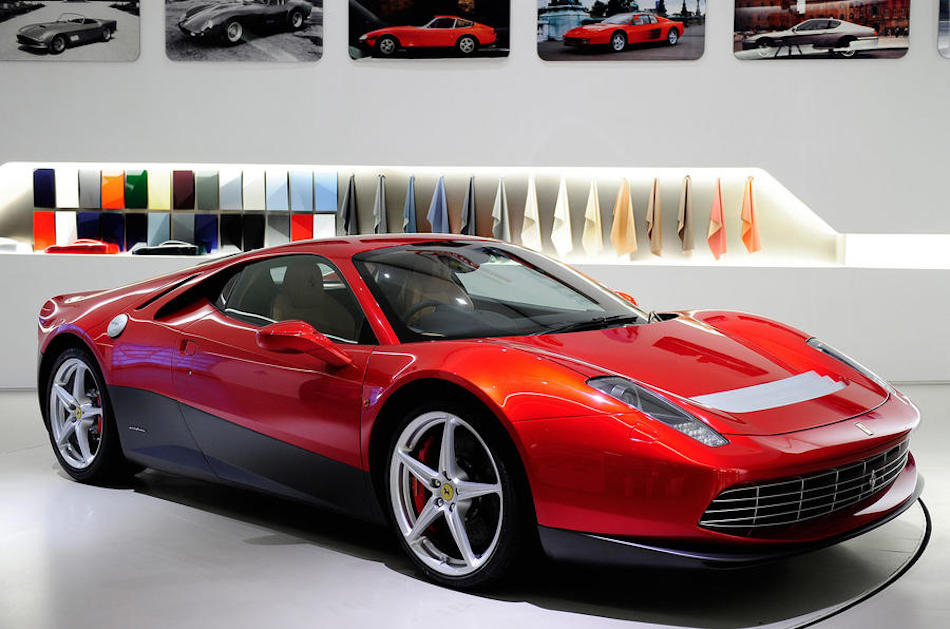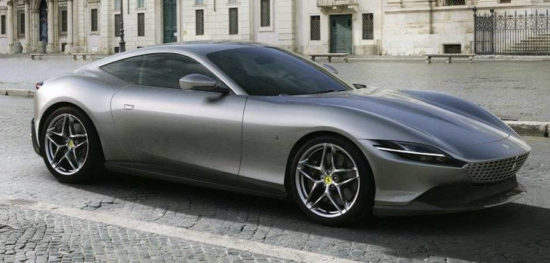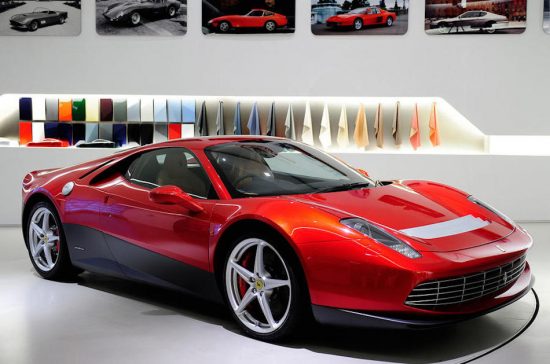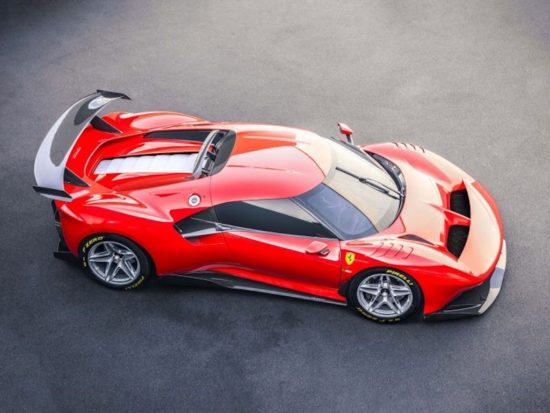by Wallace Wyss –
Theoretically, car companies are in business to make a profit. Yet some car companies persist despite losing money year after year, Tesla for example. But I’m here to talk about Ferrari, whose profitability is rarely put under a microscope. Turns out that (pre-virus) it made more money on each car sold than any other automaker. Now how could they do that with so few cars produced? The answer according to an article posted on Motor1.com in August 2018 by Anthony Karr (writing for Boerse-Expert, an investment site) is high markups.
Karr was quoting a study by Duisberg (Germany) economics Professor Ferdinand Dudenhoffer, who says that large production numbers don’t guarantee high profitability. In his study Profesor Dudenhoffer, revealed that Ferrari was the most profitable brand in the automotive industry for the first six months of the year 2017. He says they posted an operating profit of €69,000, or approximately $80,000, on every new car sold. Contrast that, the Professor wrote, with Jaguar Land Rover who net just €800 ($927) per car.
The only company that came close to Ferrari in profit per vehicle in the professor’s study was Porsche, who were making almost twice as much profit per car as rivals from Mercedes-Benz, BMW, and Audi. The Professor said Porsche has an operating profit of roughly €17,000 ($19,715) per vehicle sold versus about €9,000 ($10,500) reported by its rivals in Germany, MB, BMW and Audi. Even Maserati makes a small profit, only about €5,000 ($5,800) per car.
One surprise in his study was that Bentley was losing a huge amount per car sold–about €17,000 ($19,715) because the automaker is investing heavily into electric car development. The professor explained that Tesla invests so much money in future technology they too lose a lot per car sold–about €11,000 ($12,757) for each new car sold. The professor was not granted access to financial results from Rolls-Royce and Lamborghini. In March 2017, Bloomberg reported that Ferrari has a net of almost $90,000 per vehicle, while Porsche nets almost $17,000.
In another article published more recently (Feb, 6, 2020) by Motley Fool, John Roseyear of TMF Marlowe, reported that “Italian supercar maker Ferrari (NYSE:RACE) said that continued high demand for its latest models drove a 12% increase in its fourth-quarter operating profit from a year ago, enough to push its full-year result slightly above its guidance range.” Now this was all before the virus but even then Roseyear was concerned about slowing sales growth in China, Hong Kong, and Taiwan.

A recent model Ferrari as portrayed by Wallace Wyss, oil on canvas. For a list of Ferrari art write mendoart7@gmail.com
Roseyear said that Ferrari’s “net industrial debt,” or debt in excess of its cash balance and receivables, totaled 337 million euros at the end of 2019, down from 370 million euros at the end of 2018.
Roseyear broke down Ferrari’s marketing strategy which is to offer a three tiered choice of cars, regular production models (meaning that anyone can order one) with 8-cylinder engines; regular production models with 12-cylinder engines; limited-edition models sold only to favored clients by invitation. The 12-cylinder Ferraris, reports Roseyear, are higher-priced and more profitable than their 8-cylinder counterparts, but sell in lower volumes. The limited editions, with price tags in seven figures, are the most profitable of all.
Roseyear quoted one of the moneymakers introduced was the personalization program that allows buyers to choose from a wide range of colors and interior trims, at a substantial extra cost. “Those gains were partially offset by higher research and development costs, the costs of launching new models, and fewer shipments of limited-edition models versus 2018,” he said.
He noted these sales gains by Ferrari:
-Sales of 8-cylinder models rose 11.2%, driven by “robust” demand for the Portofino, a four-seat convertible.
-Sales of 12-cylinder models rose 4.6% from 2018, driven by continued high demand for the top-of-the-range 812 Superfast.
Roseyear said 8-cylinder production models account for 76% of Ferrari’s 2019 shipments; the remainder either 12-cylinder production models, plus a few limited-edition cars.
Again pre-pandemic, he reported gains in Asia, sales up 20.3% in China, Hong Kong, and Taiwan; up almost 16% in Europe; but were down 3.3% in North America.
Roseyear points out Ferrari began the year 2019 with high hopes, introducing no less than five new models, a lot for such a small company. Four of those models were to begin shipping in mid-2020; with a fifth, the new 8-cylinder Roma, planned for the fourth quarter. Since his article was published before the effects of the pandemic became known (like over 20 million Americans losing their jobs!) how much the pandemic is affecting Ferrrari’s buiness model isn’t known.
So it’s difficult to draw any conclusions long range because the virus may be eviscerating the market. But one thing other luxury car makers could think about, when there is a cure for the virus and all businesses are open again, is offering more exclusive models and more personalization, both proven moneymakers for Ferrari.
Sometimes, truth be told, Ferrari went a little too far on trying to enforce exclusivity, as exemplified by the dust-up of denying of a limited edition model–an Aperta, one of 200 made–to Los Angeles jeweler David Lee back in 2017 because he didn’t own exclusive enough prior models among his $50 million Ferrari collection. With the pandemic, it’s doubtful that such stringent measures to maintain exclusivity will be sustainable.
Let us know what you think in the Comments.
THE AUTHOR: Wallace Wyss has worked on marketing projects for several automakers including Chevrolet, Ford, Mazda and Lancia. As a fine artist, he has completed portraits of over 100 sports cars. For a list write mendoart7@gmail.com.








Speak Your Mind